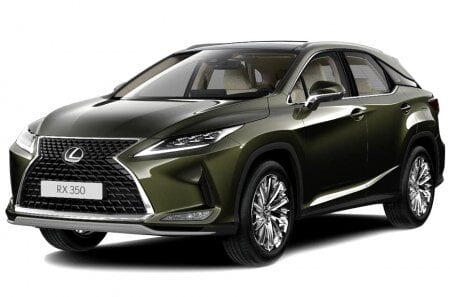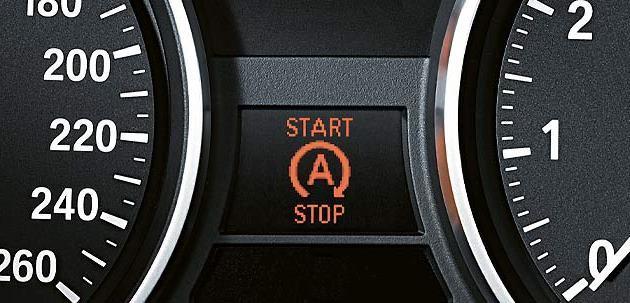
Start-stop systems. Disable or not?
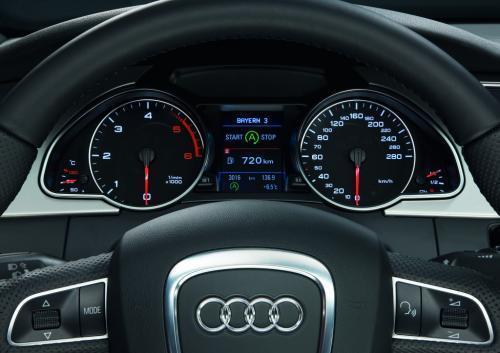 The task of the start-stop system is to turn off the engine in the parking lot and start it again when the driver wishes to continue driving. What is it for, how does it work and does it work in practice?
The task of the start-stop system is to turn off the engine in the parking lot and start it again when the driver wishes to continue driving. What is it for, how does it work and does it work in practice?
The idea of turning off the engine during its useless operation, even at a red traffic light or in a traffic jam, has been around for several decades. Toyota developed such a system in 1964 and tested it on the Crown until the mid-1,5s. The electronics automatically shut off the engine after 10 seconds of idling. In tests on the streets of Tokyo, fuel savings of XNUMX% were reportedly achieved, which is an excellent result, however, the Japanese company was not among the pioneers of the serial assembly of such devices.
In the 1985s, the ability to stop the engine at stops appeared in the Fiat Regata ES (Energy Saving) with the Citymatic system produced from 1987 to XNUMX. The driver decided to turn off the engine, having at his disposal a special button. To restart the engine, he had to press the gas pedal. A similar decision was made by Volkswagen in the XNUMXs, and the automotive electrical company Hella decided to turn the engine off and on with a button in its system.
The first production model with a start-stop system that automatically shuts off the engine in certain situations was the third-generation Golf in the Ecomatic version, launched on the market in the fall of 1993. It used the experience gained while working on Öko. - Prototype Golf, based on the second generation Golf. The engine was turned off not only after 5 seconds of idling, but also while driving, when the driver did not press the gas pedal. Pressing the pedal again turned the naturally aspirated diesel back on. To start the engine, muffled in the parking lot, the first gear had to be included. This was done without using a clutch because the Golf Ecomatic simply didn't have one (semi-automatic).
This is not the only technical change from the base Golf. The next were the introduction of electro-hydraulic power steering, the placement of a "start-stop" switch on the dash, the installation of a larger battery pack and a smaller optional auxiliary battery. Other VW vehicles equipped with a start-stop system were the Lupo 3L and the 2 Audi A3 1999L (eco-friendly versions with fuel consumption of 3 l/100 km).
See also: What vehicles can be driven with a category B driver's license?
Volkswagen was the first to react to the new legal regulations that came into force in the European Union on January 1, 1996, and other manufacturers soon followed suit. This regulation change is a new NEDC (New European Driving Cycle) measurement cycle for checking the fuel consumption of passenger cars, during which the engine was idling for about a quarter of the prescribed time (frequent stops and restarts). That is why the first serial start-stop systems were developed in Europe. In the US, the situation was completely different. In the current US EPA measurement cycle, only a little over 10% of the indicated time was spent idling the engine. Therefore, turning it off will not affect the final result so much.
Start-stop systems. But why?
Due to the fact that manufacturers determine the benefits of using the start-stop system based on the results of the measurement test, there are many disappointments in the practical operating conditions of the car. Not everyone is happy when paying extra for a car economy system turns out to be a pointless waste. "Start-stop" provides tangible benefits in the form of fuel savings when driving in heavy city traffic. If during peak hours someone has to travel from the city center to a distant area, then the road will take 1,5-2 hours, in almost endless traffic jams. Under such conditions, the machine literally stops hundreds of times. The total time of engine shutdowns can even reach several minutes. Considering that fuel consumption at idle is, depending on the engine, from 0,5 to 1 liter per hour, and the car passes such a route twice a day, fuel savings per month can reach even several liters of fuel, and about 120 l. In such operating conditions, the start-stop system makes sense.
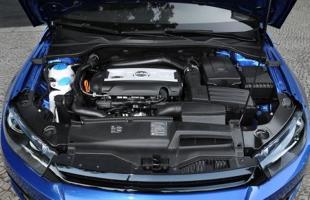 By the same car, but after driving 1,5-2 hours in normal city traffic, the total downtime will be 2-3 minutes. Savings of 1,5-2 liters of fuel per month and about 20 liters of fuel per year will not be enough for possible overpayment for the start-stop system, additional maintenance work or complication of the car structure, which can lead to breakdown. In the case of vehicles that drive mostly long distances, the profit made from turning off the engine at stops is even lower.
By the same car, but after driving 1,5-2 hours in normal city traffic, the total downtime will be 2-3 minutes. Savings of 1,5-2 liters of fuel per month and about 20 liters of fuel per year will not be enough for possible overpayment for the start-stop system, additional maintenance work or complication of the car structure, which can lead to breakdown. In the case of vehicles that drive mostly long distances, the profit made from turning off the engine at stops is even lower.
Practice shows that for a middle-class gasoline car operated in medium mode in various road conditions, the total time the engine is stopped by the start-stop system is about 8 minutes for every 100 km. This gives 0,13 liters of gasoline. With an annual mileage of 50 km, the savings will be 000 liters. But practice also shows that the results can be very different depending on the operating conditions and engine type. In large gasoline engines, they can reach as much as 65 l / 2 km, in small turbodiesels - only hundredths of a liter. So - if you have to pay extra for the start-stop system, you need to carefully analyze all the pros and cons.
However, at present, the question of the surcharge for the start-stop system and its direct comparison with the possible benefit to the user's pocket is no longer relevant. This is due to the fact that the “start-stop” has ceased to be an element of additional equipment, but has become a regular component of specific engine versions. Therefore, when choosing an engine option with a standard start-stop system, you can forget about how the car will be operated. We are simply doomed to have such a system.
See also: What vehicles can be driven with a category B driver's license?
But besides the economic issues associated with start-stop systems, there are also typical utility issues. It is standard in modern cars to restart the engine after it has been shut down by the system by depressing the clutch pedal. And here problems arise, because in some situations the simultaneous manipulation of the clutch and "gas" pedals, when the system wants to start the engine, ends with immobilizing the car. At the same time, it is important how quickly the system is able to start a previously turned off engine (the sooner the better).
Although such situations do not happen regularly, they can cause aversion to the start-stop system. Many drivers do not like it even for no particular reason. Automatic shutdown of the engine just annoys them. Therefore, as soon as they get into the car, or when the engine is turned off for the first time, they reach for the system deactivation button. The group of enthusiasts for this pro-environmental solution is probably larger, and the wide availability of the start-stop system as standard makes them happy. However, the truth is that you have to pay for this in the price of the car. Nobody gives anything for free, especially something that seems simple only from the technical side.
Start-stop systems. Simple function, big complexity
It would seem that turning the engine on and off is a trivial matter and does not require special technical solutions. In practice, everything is completely different. Even in the simplest systems based on a traditional starter, it is necessary to introduce special power management systems that not only control the battery level, temperature and starting power, but also reduce the power consumption of other devices at the time of starting and control the current accordingly charging the battery. The battery itself must be made using a completely different technology than the traditional one in order to be resistant to rapid and powerful discharging, as well as high-current charging.
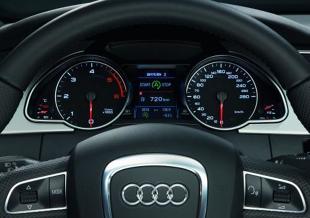 The start-stop system must also receive information from the on-board electronics about the outside air temperature, oil temperature (a cold engine will not be turned off) and the temperature of the turbocharger in turbocharged units. If the turbocharger needs to cool down after a hard ride, the engine won't stop either. In some more advanced solutions, the turbocharger has an independent lubrication system that continues to work even when the engine is turned off. Even a traditional start-stop starter has more power, stronger internal components (such as brushes and coupler) and a modified gear (noise reduction).
The start-stop system must also receive information from the on-board electronics about the outside air temperature, oil temperature (a cold engine will not be turned off) and the temperature of the turbocharger in turbocharged units. If the turbocharger needs to cool down after a hard ride, the engine won't stop either. In some more advanced solutions, the turbocharger has an independent lubrication system that continues to work even when the engine is turned off. Even a traditional start-stop starter has more power, stronger internal components (such as brushes and coupler) and a modified gear (noise reduction).
In more complex and therefore more expensive start-stop systems, the traditional starter is replaced by either a flywheel-mounted electric machine or a specially designed alternator. In both cases, we are dealing with a device that can act as both a starter and a generator, depending on the need. This is not the end.
The electronics must count the time between engine stops and check if the car has reached the correct speed since starting. There are many mutations in the start-stop system. Some are compatible with braking energy recovery systems (recuperation), others use special capacitors to store electricity and support the battery when its starting capacity decreases. There are also those in which, after stopping the engine, its pistons are set to the optimal position for restarting. At the moment of starting, it is enough to shake the starter. The fuel is injected by the nozzle only into the cylinder in which the piston is ready for the working stroke and the engine starts to work very quickly and quietly. This is what designers want most when designing start-stop systems - fast operation and low noise levels.

